When considering the countertop options, it’s easy to get overwhelmed by the choices available. You can choose from granite, quartz, marble, or the lesser-known but undeniably sophisticated soapstone. This naturally stunning stone has been around for a long time and is making a comeback. If you are considering it for your home renovation project, let’s explore what makes it special.
What is Soapstone?
Soapstone, otherwise known as steatite, is a metamorphic rock composed mostly of talc combined with minerals like magnesium and chlorite. The name comes from the silky, soft texture that feels like a dry bar of soap.
Soapstone comes in two types:
- Artistic soapstone, which contains 80% talc and is soft, perfect for carving and sculpting.
- Architectural soapstone has a 50 to 75% talc composition, making it more durable for countertops and other building applications.
Soapstone is a stunning natural stone that comes in beautiful colors with shades of grey and accents of green, blue, or black with a white vein throughout. One of the better characteristics of soapstone? It darkens over time, developing a rich patina that adds character to your space.
Is Soapstone Expensive?
Here’s the million-dollar question—or more precisely, the $2,100 to $7,200 question for an average kitchen. Soapstone countertops usually cost $70 to $120 per square foot installed. Thus, they are in the mid-range of natural stone options.
Cost factors include:
- Slab quality and thickness – Premium architectural-grade slabs with fewer defects cost more
- Color rarity – Standard gray is the most affordable, while the blue and green hues inflate cost
- Custom features – Integrated drainboards, specialty edge designs, and cutouts increase the final bill
- Installation complexity – Upper-floor installations or waterfall edges require additional labor
Compared to other materials, soapstone sits comfortably between laminate and high-end granite, making it an accessible luxury for many homeowners.

